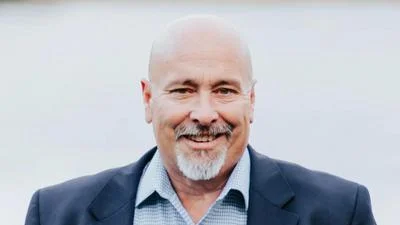Most areas of Michigan have reached the point of “community spread,” reducing the effectiveness of contact tracing. | Stock Photo
Most areas of Michigan have reached the point of “community spread,” reducing the effectiveness of contact tracing. | Stock Photo
As rates of COVID-19 cases surge throughout the state and overwhelm Michigan’s public health system, contact tracers are unable to keep up with the spread of the virus, reports Bridge Michigan.
Contact tracers are responsible for finding people who may have contracted the COVID-19 virus and isolating them before they spread it further, but this only works if infection rates are low. Tracing becomes far less effective once “community spread” occurs, a term that refers to a situation where the virus has become so widespread that patients cannot effectively identify where they contracted it from.
Most areas of Michigan have reached the point of community spread.
As the spread of the virus outpaces contact-tracing efforts, people who have contracted the virus may be spreading it without even realizing that they have it.
Josh Petrie, an epidemiologist at the University of Michigan School of Public Health, says as the state’s contact tracing fails and COVID-19 spreads undetected, “It’s hard not to predict things getting worse.”
Public health authorities predict that things will get worse as people ignore advice to avoid group settings and gather for holiday activities, according to Bridge Michigan.
“We could add all kinds of staff, and it’s not going to matter,” Ingham County health officer Linda Vail told Bridge Michigan. “But we certainly could get a lot of help if people would do the things we’re asking them to do.”
Experts fear that a snowball effect will occur if Michiganders ignore public health guidelines, including maintaining social-distancing practices, wearing masks and avoiding gatherings with people from other households. As contact tracing fails keep up with the spread of the virus, Michiganders will spread COVID-19 at an exponential rate.
Public health workers are looking forward to a vaccine, but they point out that resources that have been already stretched thin will have to be stretched further to be able to administer the vaccine, unless federal funding is provided.
As of Nov. 27, Michigan has had nearly 342,000 reported cases of COVID-19 and almost 9,000 deaths, according to Michigan.gov.



 Alerts Sign-up
Alerts Sign-up